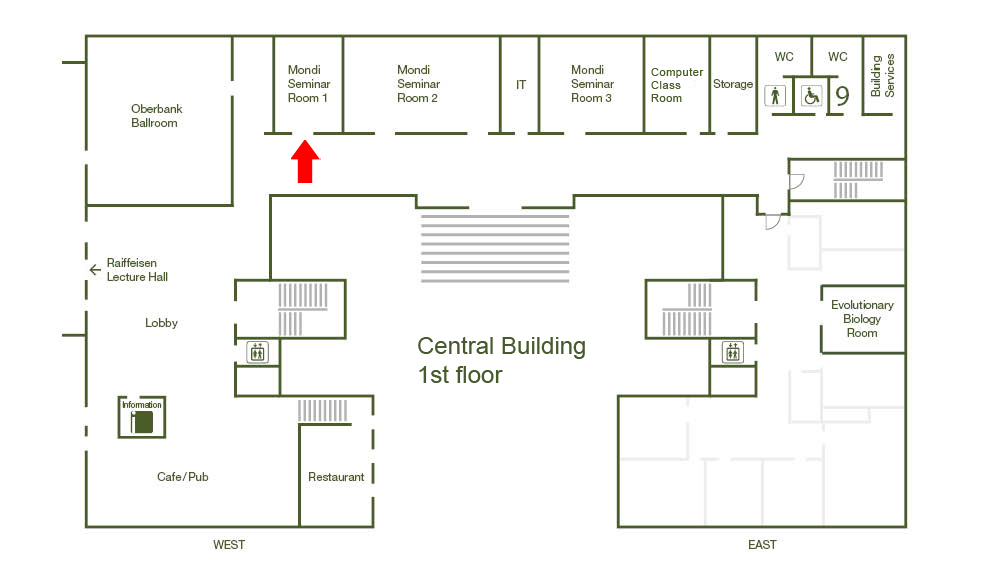Thesis Defense: A Monitoring-Oriented Theory and Classification of Quantitative Specifications

Quantitative properties offer a framework for specifying and verifying system behaviors beyond the traditional boolean perspective. For example, while a boolean property may specify whether a server eventually grants every request it receives, a quantitative one may map each server execution to its average response time. This quantitative view is relatively well-studied in the context of static verification. However, although such properties often appear in practice as performance or robustness measures in a dynamic verification context, a general theoretical framework for their analysis and classification from a monitoring perspective is still missing.
In this thesis, we aim to develop such a framework that takes resource-precision tradeoffs of monitors as a central consideration. We present the first theory of monitorability for quantitative properties where monitors can be naturally approximate and compared regarding their precision and resource use. In particular, we show that additional monitor resources such as registers or states lead to strictly better approximations for some properties. To enable such analyses in a machine-model independent way, we describe an abstract notion of monitors that can be instantiated with concrete models of monitors. Within this framework, we study how abstract monitors behave and identify classes of properties amenable to approximate monitoring with resource-precision considerations. We then extend the boolean safety-liveness dichotomy and safety-progress hierarchy to the quantitative setting with a monitoring perspective. In particular, we prove that every property is the pointwise minimum of a safety property and a liveness property, and properties that are both safe and co-safe can be approximately monitored arbitrarily precisely using only finitely many states. We also study the classes of quantitative properties definable by finite-state quantitative automata and provide algorithms for deciding their safety or liveness as well as their safety-liveness decompositions. Finally, we present the first general-purpose tool for automating the analysis, verification, and monitoring of quantitative automata.